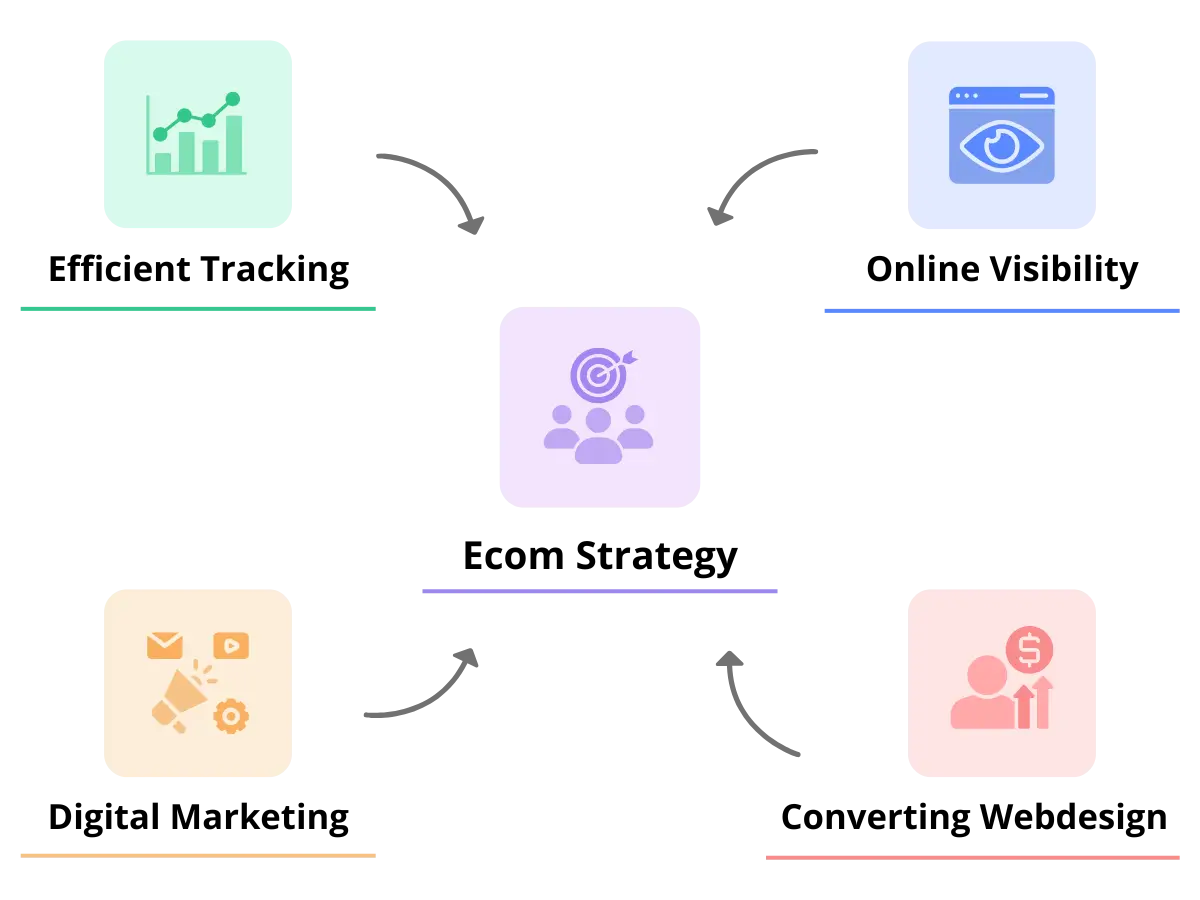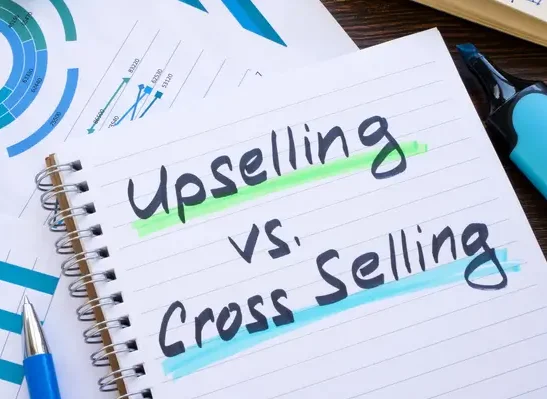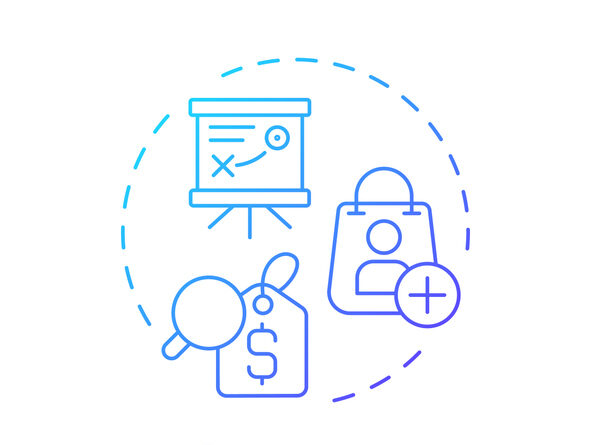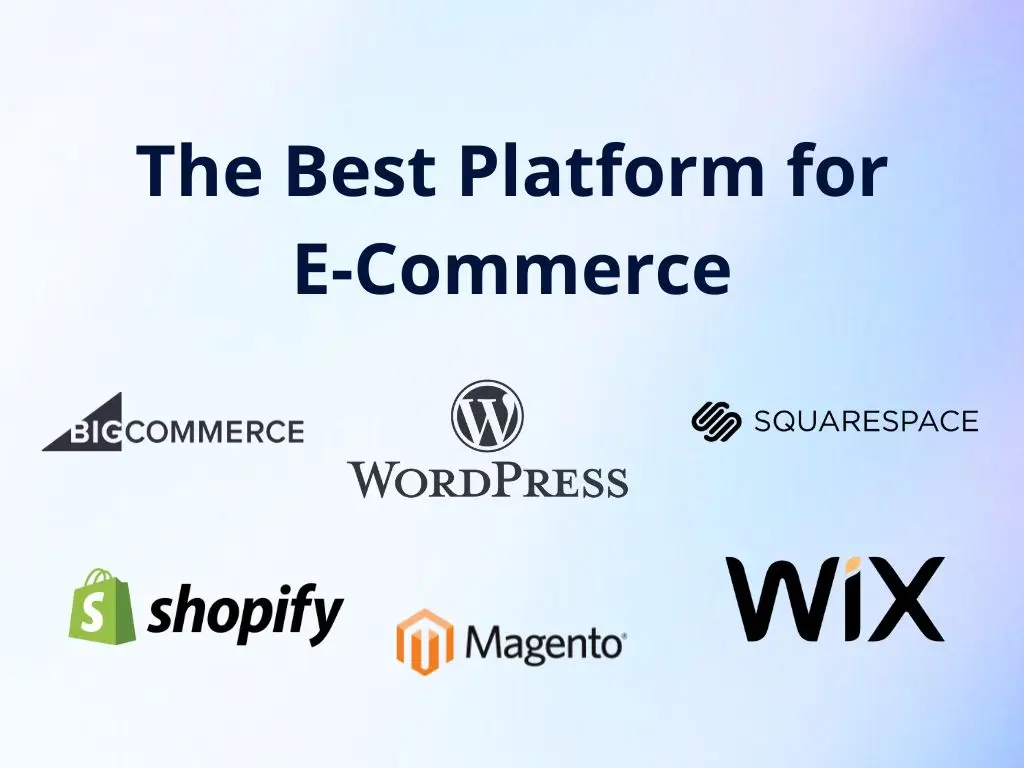1. Download and Configure an SEO Plugin
Most business people in todays digital age has at some point asked themselves how to rank higher on Google. The easiest place to start, is often by downloading a Search Engine Optimization plugin, which is a powerful software add-on that integrates with your website’s content management system (CMS) to help you manage and improve SEO efforts. It automates many of the essential tasks required to optimize your website’s content, structure, and online visibility in search engines.
For beginners, an SEO plugin simplifies the process by providing guidance and best practices, helping you optimize your site without needing to master all the technical details.
There are many SEO plugins available, each with its own features and benefits. The best seo plugin for WordPress is by many considered to be Rank Math, due to its user-friendly interface and comprehensive features, however Yoast SEO is also a popular choice. If you’re using a different CMS, look for an SEO plugin that integrates well with your platform and offers similar capabilities.
Getting Started
After installing and activating your SEO plugin, follow the initial instructions to configure basic settings like website type, industry, and other essential information. This ensures the plugin is correctly set up to optimize your site.
Key Features to Configure:
- Sitemaps: Ensure your plugin generates and submits a sitemap to search engines to help them understand your website’s structure.
- Schema Markup: Enable this to provide search engines with structured data about your content & enhance listings with rich snippets.
- Meta Tags: Set default templates for titles and meta descriptions to optimize each page.
By monitoring your performance, you can make data-driven decisions to improve SEO, making your site more visible to search engines and easier for potential customers to find.

2. How to Rank Higher on Google: Keywords & Meta Data
Optimizing focus keywords, titles, and meta descriptions for each page on your website is crucial for enhancing your site’s visibility in search engine results. These elements help search engines understand the content of your pages and can significantly increase your online visibility and click-through rates (CTR).
Focus Keywords
Focus keywords are the primary terms or phrases you want each page to rank for in search results. By assigning a focus keyword to each page, you guide search engines to understand the main topic of your content. Rule of thumb is to aim for a keyword density of around 2%, in other words avoid keyword stuffing.
How to Do It:
- Research Keywords: Start by using tools like Google Keyword Planner, Semrush, Ubersuggest, or even the Rank Math plugin to find relevant keywords for your business. Your goal is to find keywords with high volume and low competition.
- Assign Keywords: For each page, choose a focus keyword and additional keywords that accurately reflects the content of that page.
- Natural Usage: Integrate the keywords naturally throughout the page, including in the title, headings, and body content.
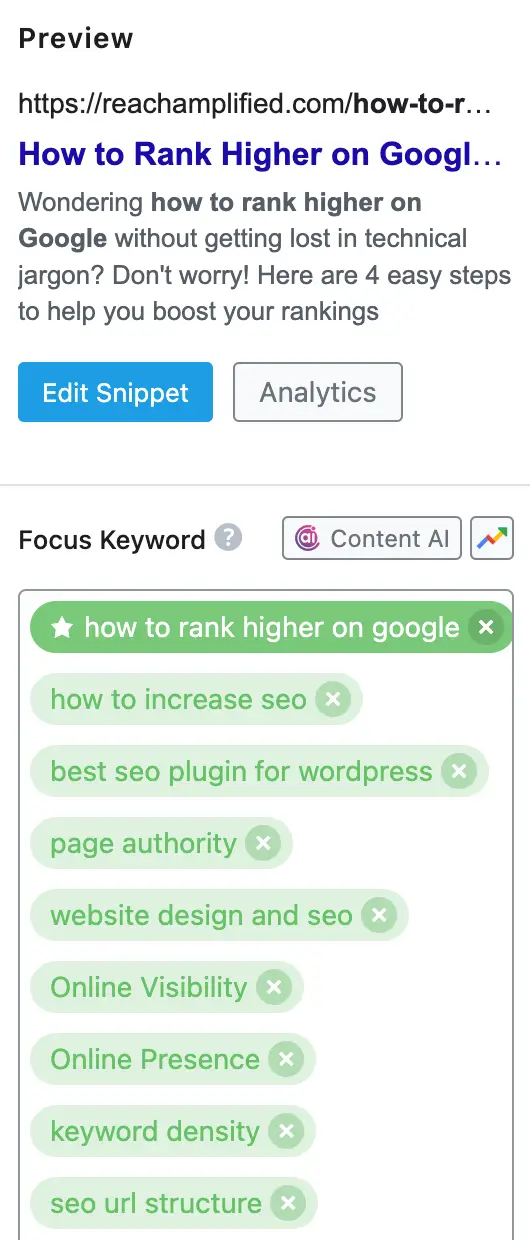
Meta Title and Description
Optimizing your titles and meta descriptions makes your snippets look better in search engine results, which can increase your CTR. More clicks lead to more traffic, which in turn can improve your site’s overall performance score, often referred to as page authority.
- Write Unique Titles: Ensure each page has a unique, descriptive meta title that includes the focus keyword. Keep it under 60 characters to avoid truncation in search results.
- Craft Meta Descriptions: So how long should a meta description be? Write concise descriptions (140-160 characters) that summarize the page content and include the focus keyword. A compelling meta description can encourage users to click on your snippet link.
- Use Tools: For large sites it is often beneficial to leverage tools like ChatGPT to fine-tune and effectivize the writing of your titles and meta descriptions. Make sure to be mindful of your sites seo url structure, it is optimal to include the focus keyword, but keep it logical and consise.
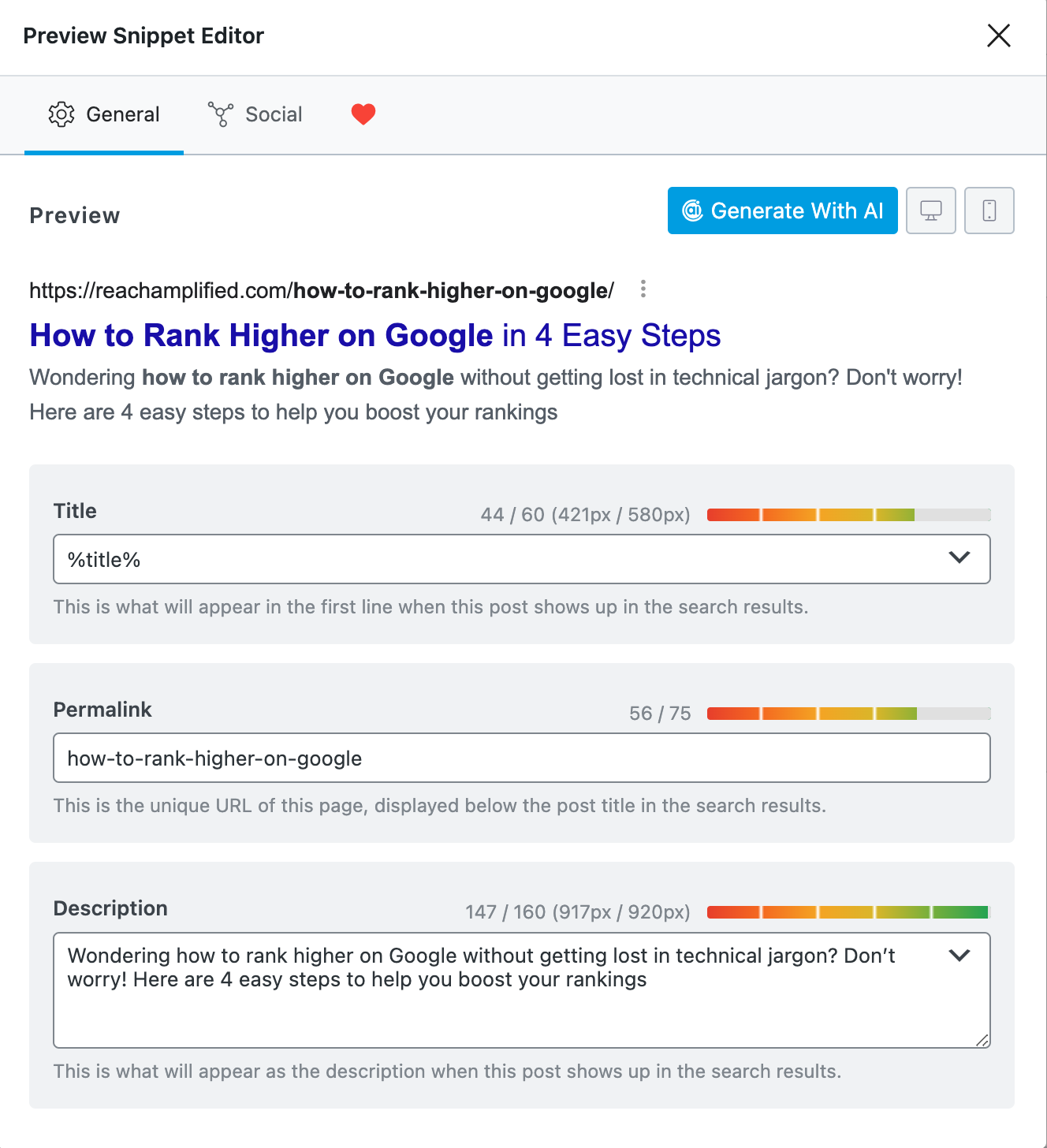
3. Use the Right H Tags
If your goal is to amplify your online presence and understand how to increase seo, proper use of H Tags (headings) is crucial. It’s primary purpose is to help create an enjoyable user experience, however it is also an indicator for how Google should crawl your site. Headings help organize your content, making it easier for both visitors to read and for Google to understand. They provide search engines with a clear structure of your content, indicating which parts are most important. This can improve your rankings and make your site more accessible.
If you look away from blog content, most of the website structure will be developed by the web designer, so Header Tags, as well as speed optimization, are good examples of how website design and seo go hand in hand.
Understanding The Header Tags
The H tags range from H1 to H6, with H1 being the most important and H6 the least. Each tag has a specific purpose and should be used to create a hierarchy of your content:
- H1: This is your main title and should be used only once per page. It represents the primary topic of the page.
- H2: These are subheadings that divide your content into main sections. Use them to outline key points that support the H1 title.
- H3: These are sub-subheadings, used to further break down sections under H2 headings.
- H4 to H6: These are used for additional layers of subheadings, though they are less commonly needed.
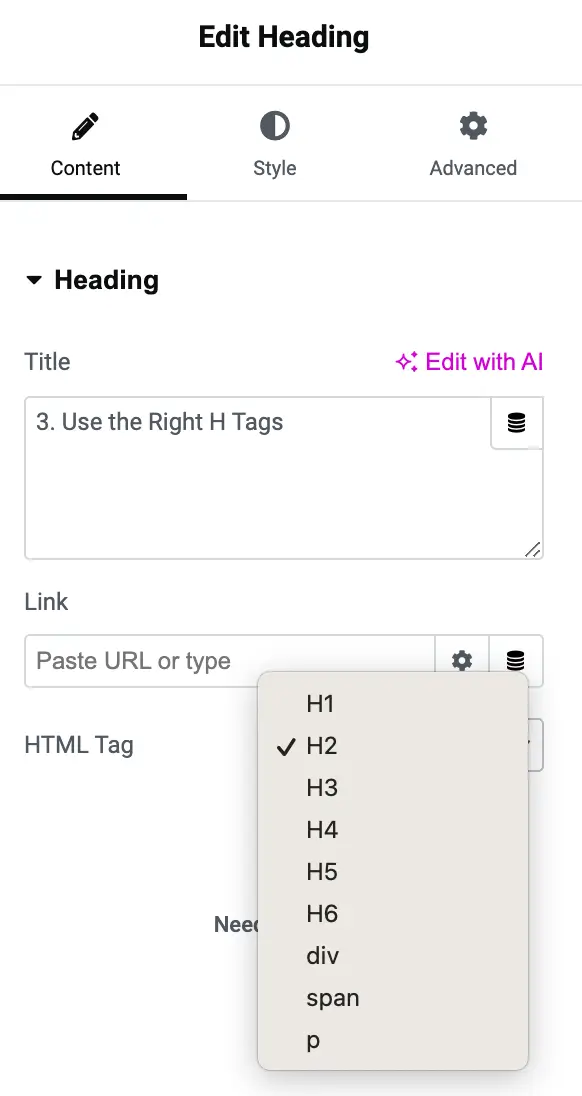
Best Practices
To effectively use H tags, keep the heading structure logical, as if you are creating an outline for an essay. Where appropriate, include relevant keywords in your headings to help with SEO content optimization, but avoid keyword stuffing and ensure the headings make sense for readers.
Well-structured content is easier to read and navigate, keeping visitors on your site longer and reducing bounce rates. This, in turn, can lead to more engagement, better page authority and higher conversion rates. By properly utilizing H tags, you can create a clear and organized structure for your content that benefits both your users and your online visibility.
4. Fix the Worst Mistakes on Your Website
Loss aversion in economic psychology refers to how impact of a loss is felt more intensely than the joy of an equivalent gain. Google might not be human, but SEO works in a similar way, and mistakes are highly penalized. If you are thinking about how to rank higher on Google, your first response should be to get your website affairs in order.
Identifying and getting rid of the worst SEO mistakes on your website is crucial for improving your search engine rankings and page authority. SEO mistakes can hinder your visibility and negatively impact user experience, so addressing these issues should be a top priority.
Most SEO plugins, like Rank Math, come with built-in analysis tools that evaluate your pages and provide a comprehensive overview of what is working well, what needs improvement, and what should be fixed immediately. These tools can save you time and ensure that you are addressing the most critical issues on your website platform.
Start by running an SEO Analysis:
- Activate the SEO analyzer in your plugin. For Rank Math, you can find this feature in the plugin’s dashboard.
- Run a full analysis of your website. The plugin will scan your pages and generate a report highlighting key areas that need attention.
Review the Report:
- Passed Tests: The report will show elements that are well-optimized, giving you confidence in your current SEO practices.
- Warnings: It will identify areas that are okay but could be improved for better performance.
- Failed Tests: Most importantly, the report will highlight the worst SEO mistakes that need immediate action. These might include missing meta tags, broken links, duplicate content, slow page speed, and more.

Taking Your Optimization to the Next Level
These foundational first steps will help enhance your website’s visibility, improve user experience, and increase click-through rates (CTR).
If you’re happy with your results after this, that’s great! But if you want to get serious about your online growth, you need to consider your entire marketing strategy as a whole.
A successful sales funnel involves more than just being visible on google with SEO. It includes thorough research to create attractive offers that resonate with your target audience, compelling marketing content directed on the right platforms, and an engaging website that converts casual visitors into loyal customers.
When you’re ready to seek professional help with optimizing your online performance, you can book a free consultation meeting with a professional below.
